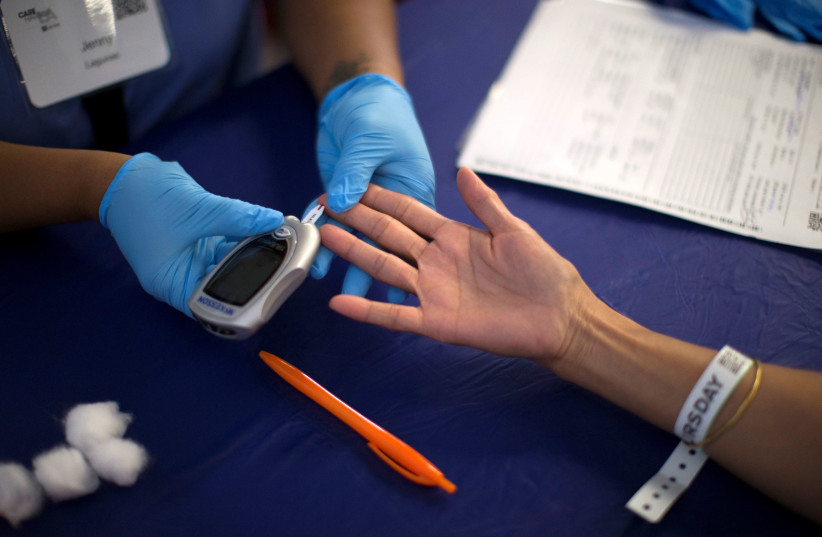Type-1 diabetes (T1D), which used to be called “juvenile diabetes” but can be diagnosed in adults as well, is an autoimmune, chronic condition caused by the failure of the pancreas to produce any or enough insulin to let glucose enter the cells properly and produce energy. Different factors including genetics can cause it, and scientists have claimed that certain viruses can trigger it.
Despite much research into the disorder, T1D has no cure. Treatment is directed toward managing the amount of sugar in the blood using insulin, diet and lifestyle to prevent complications.
Now, researchers at the Hebrew University of Jerusalem (HU) have proposes a new model suggesting that disrupted RNA editing within pancreatic beta cells might initiate an inflammatory response similar to early-stage T1D. This new perspective, they said, challenges the long-held belief of viral involvement, offering potential implications for treatments and cures. The new perspective that challenges the long-held belief of viral involvement offers potential implications for treatments and cures in the future, they said.
The study at the Hebrew University-Hadassah Medical School, Bar-Ilan University (BIU) in Ramat Gan and Vanderbilt University in Nashville, Tennessee offers a new paradigm for early stages of T1D, suggesting a new cause that does not involve viral infection.
Type 1 diabetes has a massive reach
The condition affects 10 million people around the world. Without insulin, the concentration of sugar in blood increases, leading to many complications. Patients who are typically diagnosed in childhood but not always, require lifelong treatment with insulin.

Diabetologists have long said that T1D is initiated by viral infection that in genetically-susceptible individuals causes an autoimmune attack on beta cells. This is supported by extensive information, for example the identification of an anti-viral response in early-stage disease. The implications of this view are vast; for example, it suggests the use of anti-viral therapy for preventing T1D. However, despite decades of search, a causal virus has not been found.
The research, led by Prof. Yuval Dor, Dr. Agnes Klochendler and MD/PhD students Ehud Knebel and Shani Peleg, introduces a new model for how T1D may develop, explaining the anti-viral response but with no need for viral infection. They have just published their findings in the journal Cell Metabolism under the title “Disrupted RNA Editing in Beta Cells Mimics Early-Stage Type-1 Diabetes.”
They used a mouse model that they corroborated with human islet data to prove that endogenous RNA in beta cells can lead to an immune response that caused T1D, thus identifying a virus-independent mechanism for T1D initiation.
The team studied a process called RNA editing that acts to dismantle endogenous RNA molecules that fold on themselves, forming double-stranded RNA. Since double-stranded RNA is a hallmark of many viruses, such molecules can often be recognized mistakenly by the immune system as an indication of an invading virus and trigger a detrimental immune response.
The team found that when RNA editing is defective in pancreatic beta cells, the body mounts a massive inflammatory attack, destroying beta cells and eventually leading to diabetes, with feature that strikingly resemble T1D. They also discovered that high levels of blood glucose boost the inflammatory attack, suggesting a vicious cycle in which beta-cell destruction leads to diabetes that further drives destructive inflammation. Strikingly, independent work has recently discovered that genetically inherited defects in RNA editing predispose people to multiple auto-inflammatory conditions, including T1D, suggesting relevance to actual human T1D.
“Our research presents compelling evidence that disruption of RNA editing within beta cells can trigger an inflammatory response resembling early-stage type-1 diabetes,” Dor explained. “This offers a new view for how T1D may develop, with implications for prevention and treatment strategies.”
Klochendler added that “identifying a link between natural double-stranded RNA in beta cells, inflammation, and diabetes opens a new perspective on T1D – a paradigm of “the enemy within that doesn’t require an external viral infection as the triggering event for this disease.”
